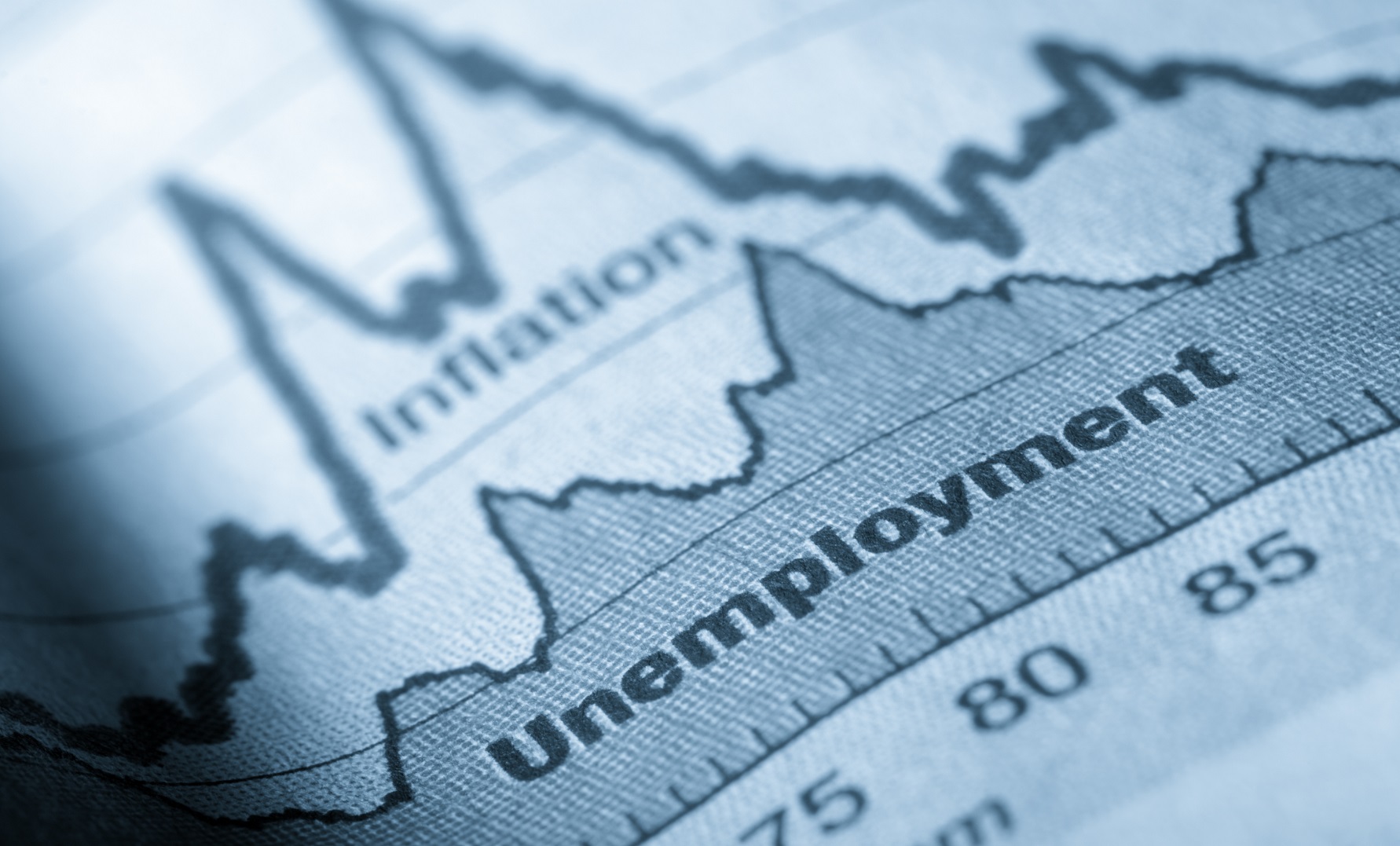Figures released in November point towards a continued improvement in the US economy. There was real economic growth, an increase in personal income, and a drop in unemployment with no alarm in inflation.
Real gross domestic product (RGDP) is the most common measure of economic activity.
GDP is the market value of all the goods and services manufactured in the country. The United States GDP currently equals $18.66 trillion.
RGDP is adjusted for inflation. Growth during the third quarter ended up being higher than initially thought. On November 29th, the Bureau of Economic Analysis (BEA) reported that the third quarter RGDP increased at an annual rate of 3.2%, or .3% higher than the 2.9% reported in October. Furthermore, this is up from 1.4% in the second quarter. The main reason for the revision was that consumer spending was higher than initially calculated. There was also an increase in business investment and corporate profits. Visit
BEA GDP to read the full report.
Disposable income also rose. The BEA reported on November 30th that during October disposable income increased 0.6%, or $98.6 billion. More importantly, real disposable income jumped 0.4%. As one would expect, the increase in disposable income prompted consumers to spend more on personal consumption, but it is surprising the increase is less than in September. In October, personal consumption expenditures increased 0.3%, down from the 0.7% increase in September. This means families saved more. The decrease in spending was primarily in the service sector. For a full report visit
BEA Personal Income.
The U.S. unemployment rate is presently at the lowest level since August 2007! It dropped 0.3% from 4.6% to 4.3%, and has reached what many economists call the natural or
full employment rate. The natural unemployment rate recognizes that some people are always seeking employment and there is a certain level of unemployment that naturally occurs. Visit today's report at
BLS Employment for more details.
Inflation continues to be tame, but the 1.6% jump in the
consumer price index for the past 12 months is the highest in two years. In October alone, the index increased 0.4%, largely because of increases in the energy and shelter industries. The
core index, which excludes energy and food costs, increased 0.1% in October. Economists view the core index as a more accurate measure of inflation since it negates the volatile price fluctuations in the energy and food markets. To read the full report released on November 17th visit
Bureau of Labor Statistics - Inflation. To learn more about inflation, we encourage you to visit our lesson
Inflation. All our lessons are free and include text, a video, interactive exercises, review questions, and a scripture lesson.
